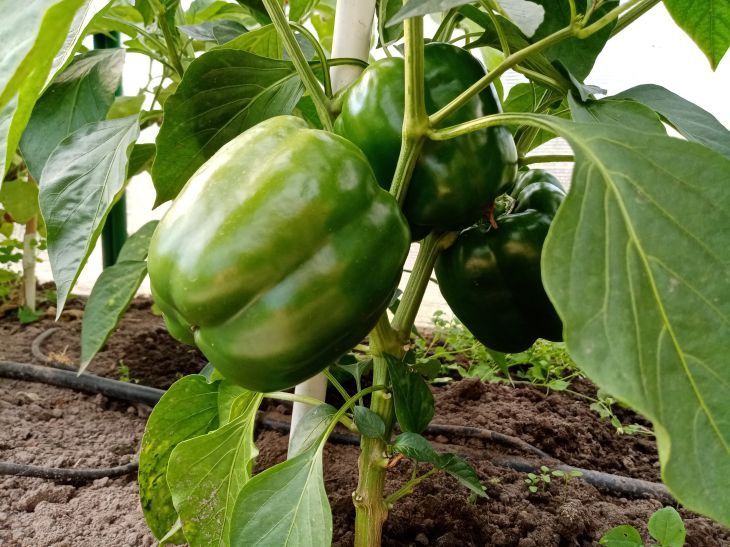Pepper is one of the most popular vegetable plants among gardening enthusiasts.
The question is, where is the best place to plant peppers?
Pepper in the sun: advantages and disadvantages
Most varieties of pepper prefer sunny places, says Anastasia Kovrizhnykh , an expert of the online publication BelNovosti, agronomist and landscape designer.

Light is necessary for photosynthesis, the process by which plants produce the energy they need to grow.
With sufficient sunlight, peppers grow actively, forming strong bushes and abundant fruits.
Sun rays also help improve the taste of fruits, making them sweeter.
However, too much sunlight can have a negative impact on the condition of plants.
If exposed to direct sunlight for long periods of time, pepper leaves may become burned and the soil may dry out quickly, requiring regular watering.
On hot summer days, plants need additional shelter to protect them from the scorching sun.
Pepper in the shade: advantages and disadvantages
Some gardeners prefer to plant peppers in partial shade, especially in regions with hot climates.
Partial shade helps protect plants from overheating and excessive moisture evaporation. In the shade, pepper grows more slowly but evenly, which reduces the risk of burns and soil drying out.
Partial shade can also help improve soil moisture retention, which is important for healthy root development.
However, a lack of light can cause plants to become weak and leggy.
Insufficient light slows down photosynthesis, which negatively affects overall growth and yield.
Fruits grown in the shade may be less sweet and flavorful than those grown in the sun.
Optimal conditions for growing
The ideal conditions for peppers are a place where they receive enough sunlight, but are protected from the scorching midday sun.
Partial shade during the hottest part of the day can help prevent scorching and conserve soil moisture.
It is important to provide plants with enough light in the morning and evening when the sun is not as intense.
A good solution might be to use shade nets or plant peppers next to taller plants that can create natural shade.
It is also important to consider the soil type and watering frequency to provide the plants with the necessary conditions for growth.
Choosing a Pepper Variety
Different varieties of peppers have their own preferences regarding lighting. Some varieties grow better in the sun, while others prefer partial shade.
When choosing a variety, you should take into account the climatic conditions of the region and the capabilities of the site.
For example, sweet pepper varieties often require full sun, while hot varieties may be more tolerant of partial shade.
Practical planting tips
To successfully grow peppers, it is recommended to prepare the soil in advance, enriching it with organic fertilizers.
When planting, maintain proper spacing between plants to ensure they have enough room to grow.
Regular watering and timely removal of weeds will help create favorable conditions for the development of peppers.
It is also important to take into account that pepper is a heat-loving crop, so it is better to plant it when the threat of frost has passed.
On cold nights, plants can be covered with agrofibre or film to retain heat.
Previously, the grandfather's method of feeding cucumbers was named.

